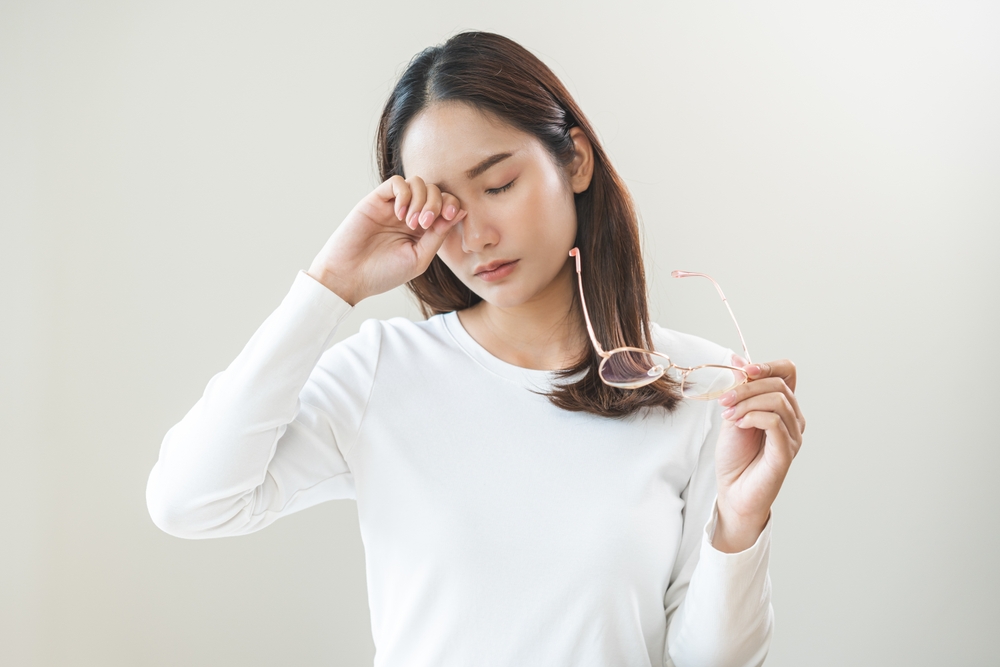
How to Combat Fall Allergies and Dry Indoor Air: Essential Eye Care Tips for Autumn
As the leaves change and the weather cools, many people find themselves dealing with the unpleasant symptoms of fall allergies. From sneezing and itchy eyes to a runny nose, these seasonal irritations can be a real nuisance. However, what you may not realize is that fall allergies can also have a significant impact on your eye health.
The Impact of Fall Allergies and Dry Indoor Air on Eye Health
Fall allergies and dry indoor air can significantly impact eye health, leading to symptoms such as itching, redness, watering, and irritation. As the season changes, allergens like ragweed, mold spores, and dust mites become more prevalent in the air, triggering allergic reactions in many individuals. These allergens can cause the eyes to produce histamines, leading to discomfort and inflammation. Additionally, the body's response to allergens can exacerbate pre-existing conditions like dry eye syndrome. Outdoor allergens combined with the need to spend more time indoors can result in a double hit to the eyes, particularly when indoor environments are also dry.
Dry indoor air further aggravates eye health issues during the fall. As temperatures drop, heating systems are often turned on, leading to a reduction in indoor humidity levels. This dry environment can cause the tear film on the eye's surface to evaporate more quickly, leaving the eyes feeling gritty, tired, and uncomfortable.
Common Symptoms of Fall Allergies and Dry Indoor Air
The symptoms of fall allergies and dry indoor air can be quite similar, making it difficult to pinpoint the exact cause of your eye discomfort. Some of the most common signs to look out for include:
· Redness and itchiness in the eyes
· Watery or burning eyes
· Sensitivity to light
· Blurred vision
· Feeling like there is something in your eye
· Increased eye fatigue or strain
If you're experiencing any of these symptoms, it's important to take action to address the underlying issue and protect your eye health.
Essential Eye Care Tips for Combating Fall Allergies
There are several steps you can take to combat the effects of fall allergies and dry indoor air on your eyes. Here are some essential tips to keep in mind:
1. Limit Exposure to Allergens: Try to minimize your time outdoors when pollen counts are high, and be sure to close windows and use air conditioning to keep allergens out of your home.
2. Use Allergy Medication: Over-the-counter antihistamine or decongestant eye drops can help reduce inflammation and relieve allergy-related symptoms.
3. Wear Protective Eyewear: Sunglasses can help shield your eyes from airborne irritants and prevent further exposure.
4. Practice Good Eye Hygiene: Gently clean your eyelids and lashes with a warm, damp washcloth to remove any built-up allergens or debris.
Tips for Managing Dry Indoor Air and Maintaining Eye Moisture
In addition to addressing the allergy-related issues, it's also important to take steps to combat the effects of dry indoor air on your eyes. Here are some effective strategies:
1. Use a Humidifier: Investing in a high-quality humidifier can help restore moisture to the air, providing much-needed relief for your eyes.
2. Limit Screen Time: Prolonged exposure to digital screens can exacerbate dry eye symptoms, so be sure to take regular breaks and use the 20-20-20 rule (look at something 20 feet away for 20 seconds every 20 minutes).
3. Use Artificial Tears: Over-the-counter eye drops or lubricating gels can help replenish moisture and alleviate the discomfort of dry eyes.
Taking Proactive Steps for Eye Health During Autumn
By understanding the connection between fall weather, allergies, and dry indoor air, and taking the necessary steps to combat their effects on your eyes, you can help maintain optimal eye health throughout the autumn season and beyond.
For further guidance on how to keep your eyes healthy during the fall season, contact River Oaks Optical. Visit our office in Houston, Texas, or call (346) 315-4911 to book an appointment today.




